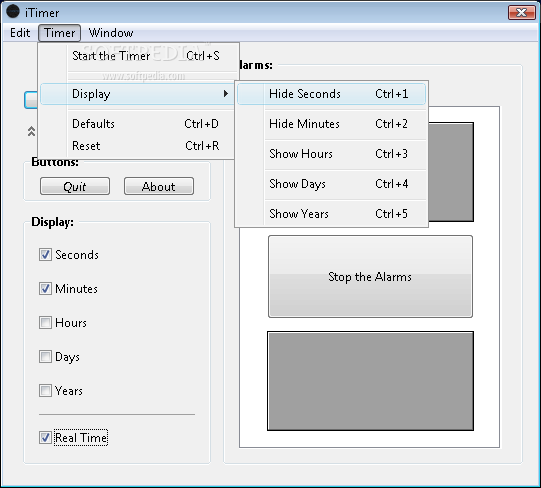
You can also use entity_id: all and all active timers will be canceled. This resets the duration to the last known initial value without firing the timer.finished event. Service data attributeĬancel an active timer. You can also use entity_id: all and all active timers will be paused. This will retain the remaining duration for later continuation. Name of the entity to take action, e.g., timer.timer0.ĭuration in seconds or 01:23:45 format until the timer finishes. You can also use entity_id: all and all active timers will be started. The duration can be specified as a number of seconds or the easier to read 01:23:45 format. If a new duration is provided, this will be the new default for the timer until Home Assistant is restarted (which loads your default values). If no duration is given, it will either restart with its initial value, or continue a paused timer with the remaining duration. Starts or restarts a timer with the provided duration. finished_at should usually be now, or within the last several seconds, but if the restore property is true, finished_at may be further in the past since this event will fire on startup for any timers that would have ended while Home Assistant was stopped. Timer is currently running because it was (re-)startedįired when a timer has completed and includes finished_at date/time in event data. Timer is idle because the timer finished, was canceled or was never started

For example mdi:car, mdi:ambulance, or mdi:motorbike. Pick an icon from Material Design Icons to use for your timer and prefix the name with mdi. The finished_at property in the event data will provide you with the time that the timer was actually supposed to fire which you can use in automation conditions to decide whether or not to act on it. If an active timer was supposed to end while Home Assistant is stopped, the timer.finished event will fire on startup for that timer. When true, active and paused timers will be restored to the correct state and time on Home Assistant startup and restarts.


 0 kommentar(er)
0 kommentar(er)
